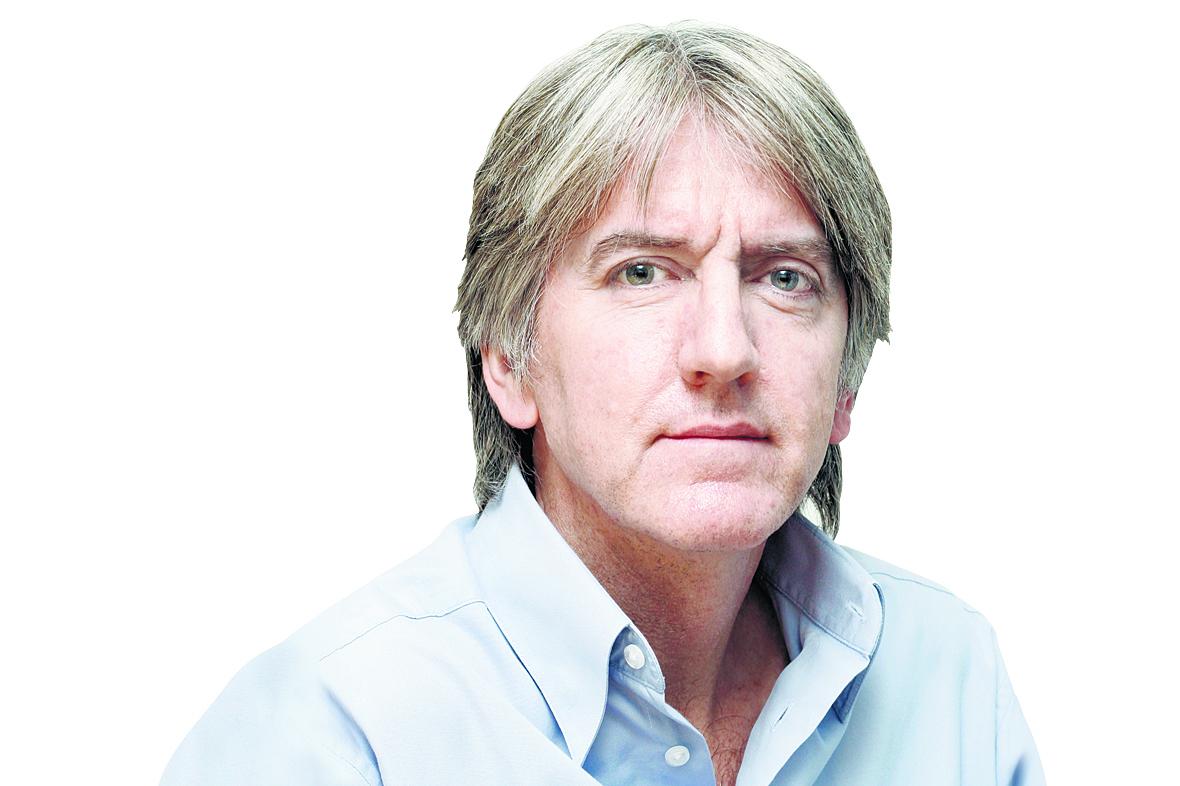Steve Connor: Award-winning journalist and science editor of The Independent
He made the complex accessible and commanded the attention of the news desk with his nose for scoops – showing diligence in achieving them

The last major scoop unearthed by Steve Connor, the science journalist who has lost his fight against prostate cancer aged 62, got him into the fiercest hot water. It was published simultaneously in July on both sides of the Atlantic. In Britain a newspaper, the i, announced: “World exclusive: human embryos genetically altered for first time with new technology.” The MIT Technology Review stated simply: “First human embryos edited in US”.
His story revealed that scientists had successfully used the Crispr gene-editing technique to alter the DNA of human embryos, opening the door to “pick and choose” designer babies.
As scoops go, it was as big as they come. The story subsequently made front pages around the world after the scientists involved from Oregon University had published their research in Nature, the world’s leading science journal.
Nature’s editors were incandescent that their thunder had been stolen – by a diligent journalist who had obtained the story through old-fashioned digging, rather than by reading a press release.
But owing to an accident of timing – the US editor who commissioned Steve was away on holiday when he submitted the story and sat on it for a fortnight – it appeared only shortly before Nature published, making it look like a simple embargo-break.
Steve treated the spat with Nature as a badge of honour. If you weren’t upsetting someone – and he upset a few – you weren’t doing the job. He was hugely respected – a giant of science journalism, as others have already said – but he didn’t cultivate contacts the way many specialists do. He went after stories and, like a terrier, once he got hold he didn’t let go. He had a rare tenacity and didn’t care whose nose he put out of joint. The story was the thing.
And what stories. In his 18 years as science editor of The Independent he covered every major science news event of the century including the human genome project, the discovery of the Higgs boson, the slow-motion disaster of climate change, and – a particular passion of his – the development of Crispr gene-editing whose extraordinary potential he was one of the first to recognise.
Connor collected a basket of awards for his work and in 2016 was voted UK science journalist of the year by the Association of British Science Writers – the fifth time he won the award. His designer-baby scoop last July is shortlisted for the UK Press Gazette awards.
After studying zoology at Oxford, he spent more than 35 years in science, technology and medical journalism, which included stints on New Scientist, The Daily Telegraph, and The Sunday Times. In 2016 he went freelance, and was loving it.
I sat across the desk from him for more than a decade at The Independent and we were close colleagues. I used him as a sounding board for stories. He was always helpful, supportive – and smart. He could explain stuff that no one else understood – what greater value is there in a science journalist?
He was a private person. We discussed his prostate cancer several times over the years but he always asked me to keep it to myself. It was typical of the man: he wanted to be defined by what he did, not by what afflicted him. (It turns out quite a few knew, and had been sworn to secrecy in the same way.)
Last year, on the announcement that the print edition of The Independent was to close, he wrote to me: “Sad news... but now is perhaps the time to reinvent myself before it's too late!”
Some months later, he wrote that things were good. “I've not had any need to go looking for work, it seems to come to me.” He added that he was on a miracle drug which had given him a new lease of life. “My consultant is astonished (keep that to yourself, by the way)”.
He had huge scientific knowledge, rare insight and the doggedness necessary to get to the bottom of things, allied to the small boy’s love of chucking things from the back of the class. But he was meticulous, too, and abhorred hype. The essential ingredients, in other words, of a brilliant journalist.
Connor was born in Ormskirk. His father was a factory worker and his mother a secretary in a bank. He attended schools in Bootle where he acquired the scouser’s toughness and a dry wit that he never lost. He is survived by his wife Ines, a Russian translator whom he met at a conference in Moscow, stepdaughter Marsha and his elder brother, Philip. A private family funeral will be held in Oxford on 22 December. A memorial service will be organised in January at St Brides, Fleet Street.
Steve Connor, born 1 November 1955, died 29 November 2017
Jeremy Laurance is the former health editor of The Independent
Subscribe to Independent Premium to bookmark this article
Want to bookmark your favourite articles and stories to read or reference later? Start your Independent Premium subscription today.

Join our commenting forum
Join thought-provoking conversations, follow other Independent readers and see their replies